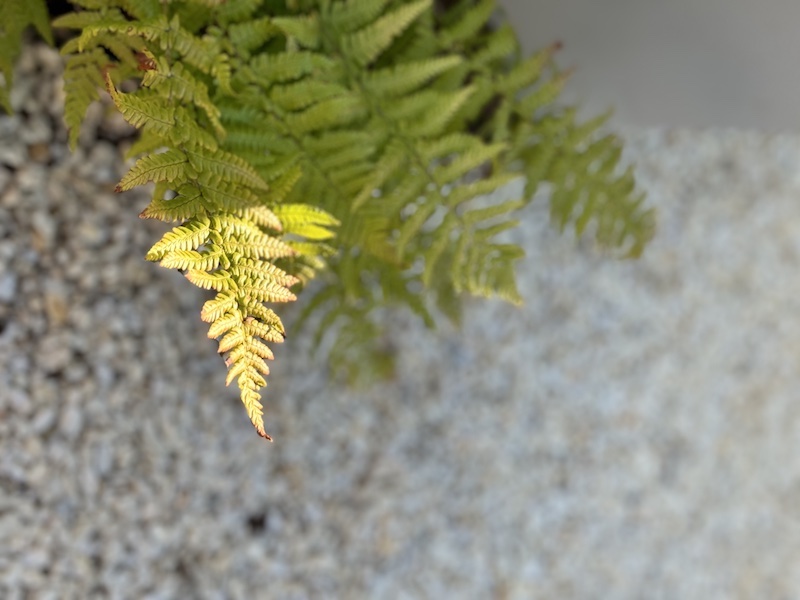
I’ve always been a nature lover. Being outdoors, surrounded by trees and plants, with only the sound of the wind and birds, brings me immense joy. It helps me sort out my thoughts or simply disconnect for a while. Last year, we embarked on our garden project. The idea of creating my own “oasis” had me thrilled, and I was eager to dive into the entire process, starting with the design! Now, a year later, I can proudly say we’ve made great progress. I’m happy with the results so far, but there’s still a lot to do. So, here are my top three learnings from our garden journey so far, starting with: The shady border
No. 1: Shade, Part Shade, or Full Sun?
After determining the type of soil, one of the first and most important questions when selecting a plant for your garden is: How much sunlight does it need? This can make all the difference between a plant thriving or not. Here’s the most common classification:
Shade: Less than 4 hours of sun a day.
Partial Shade: 4-6 hours of exposure.
Full Sun: 6+ hours of sun each day.
The amount of sunlight can be split between morning and afternoon. Important to note: to figure out how much sun the spot you want to plant in receives, track the sunlight in your garden for a couple of days during the longest days in summer.
No. 2: Plants for Shady Spots
As a newbie to the gardening world, I was thrilled to discover that shade plants are usually rich in green foliage, which I absolutely love! It wasn’t hard at all to find plants I liked. Here’s a list of the plants I used the most and the reasons why:
Hosta: These plants are just beautiful. There are thousands of varieties in different colors and sizes, they perform very well in pots, and they have delicate and elegant flowers in shades of purple or white. I planted: Night before Christmas, Elegant, Frozen Margarita and Patriot
Fern: I still remember the ferns at my grandma’s house. This was a must-have for me from the beginning. From far, this plant presents itself beautifully with its lush foliage, and it’s wonderful to admire the symmetry of its leaves up close. I got: Dryopteris filix-mas and Dryopteris affinis
Ornamental Grasses: Another big category with a lot to offer in terms of different sizes and colors. I’ve selected some evergreens to keep interest in the garden through the winter. I planted: Carex foliosissima, Carex oshimensis, Carex morrowii, and Pennisetum alopecuroides
Ground Cover: I’ve selected evergreens that are suitable for full or partial shade: Japanese spurge (Pachysandra terminalis), and Lesser periwinkle (Vinca minor)
No. 3: Planting Scheme
Last but not least, I wanted this part of the garden, which is a border, to feel very natural, with plants overlapping each other and growing in what might look like a natural distribution. Whether I’ve achieved it remains to be seen, as my plants are still too young, and I planted them very intuitively.
However, at a later point, I discovered two fantastic tips from garden designer Pollyanna Wilkinson, which I will definitely put into practice this coming spring. To be honest, I’m glad to see my border planting plan isn’t far off from the theory:
- Cluster plants together and place them in an irregular shape. Avoid planting in straight lines. Each cluster should have an odd number of plants, depending on the size. For larger plants, one is enough.
- Define a couple of clusters and repeat the pattern down the border.
Unfortunately, I don’t have many pictures of most of my plants, but I look forward to updating this post in a couple of months when they are back from their dormancy. In the meantime, I’ll leave you with a few impressions here:
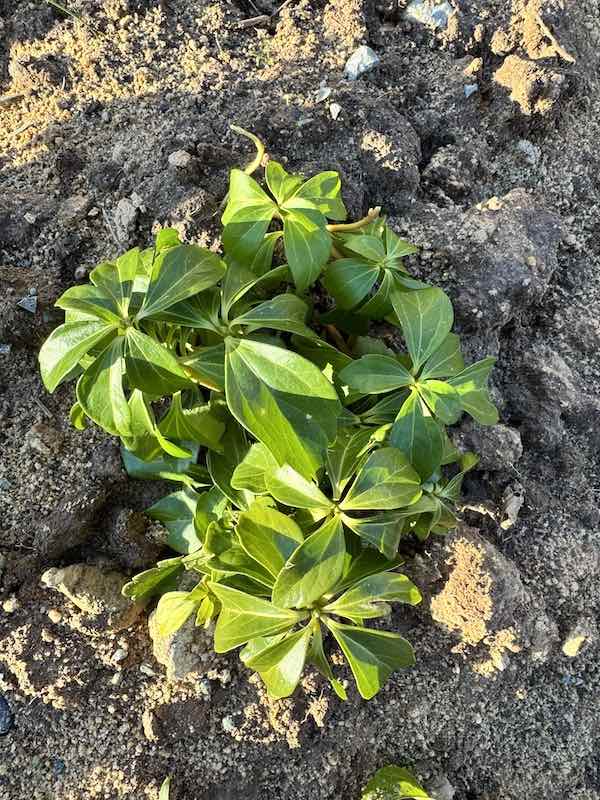
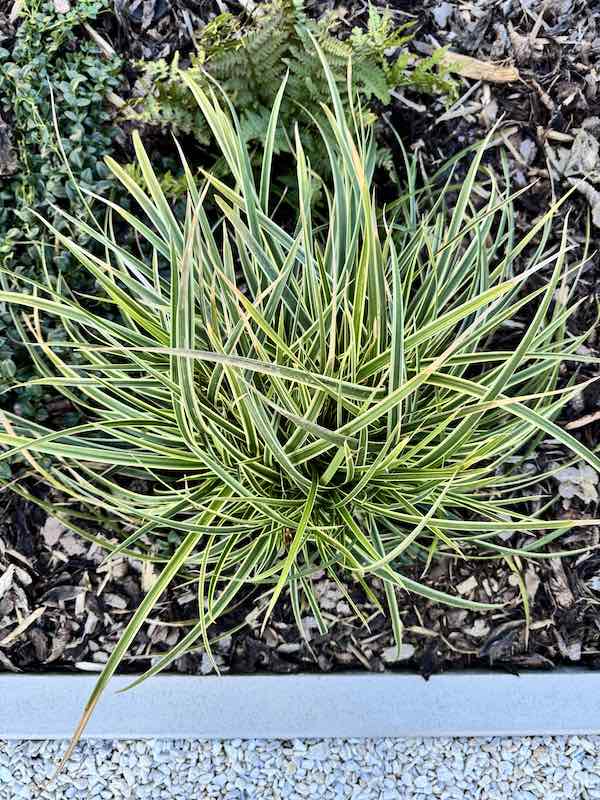
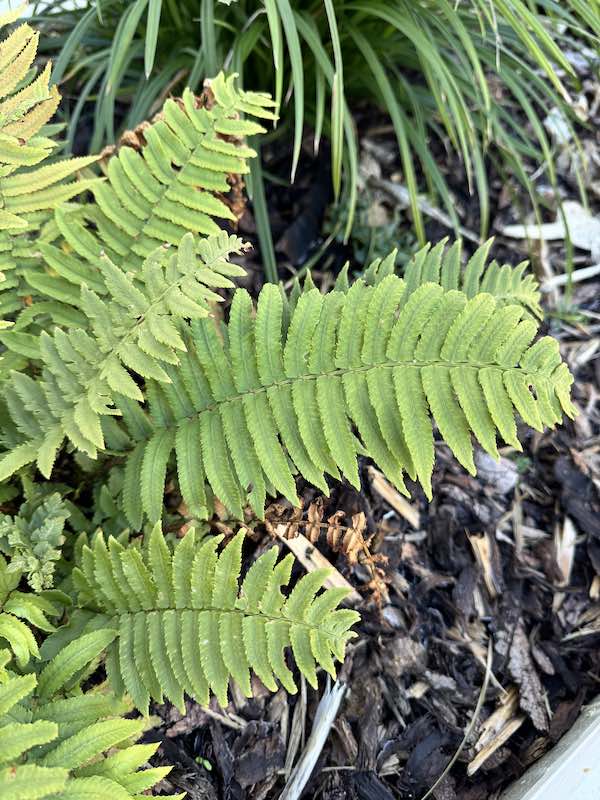
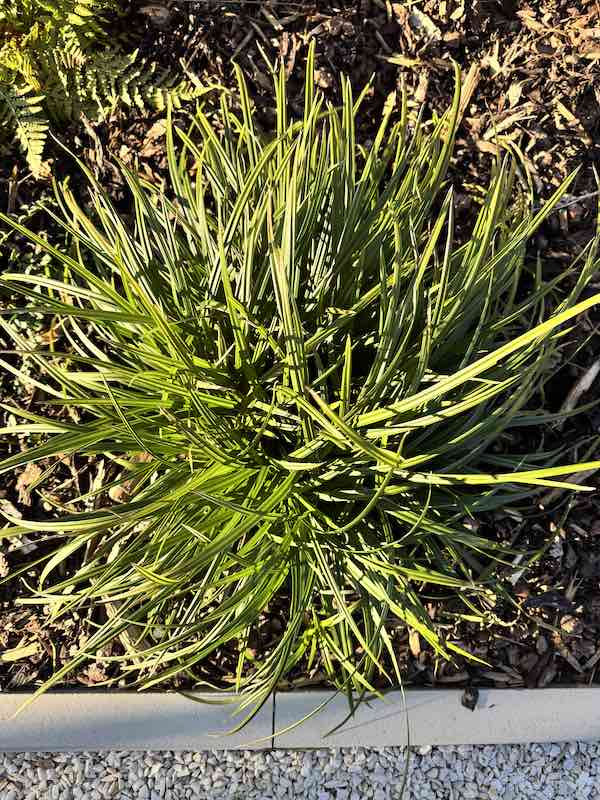

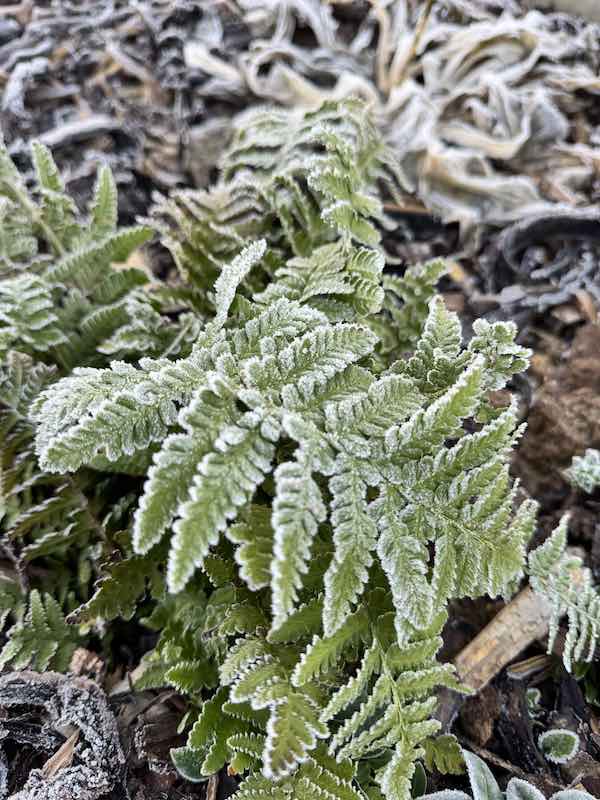
And that’s it! A high-level overview of my garden journey and the lessons I’ve gathered along the way. I hope you find it as helpful and inspiring as I’ve found the process to be.
Leave a comment
Don’t worry, your email won’t not be made public; it will only be used to send you replies to your comment.
See what others say
There are no reviews yet. Be the first one to write one.